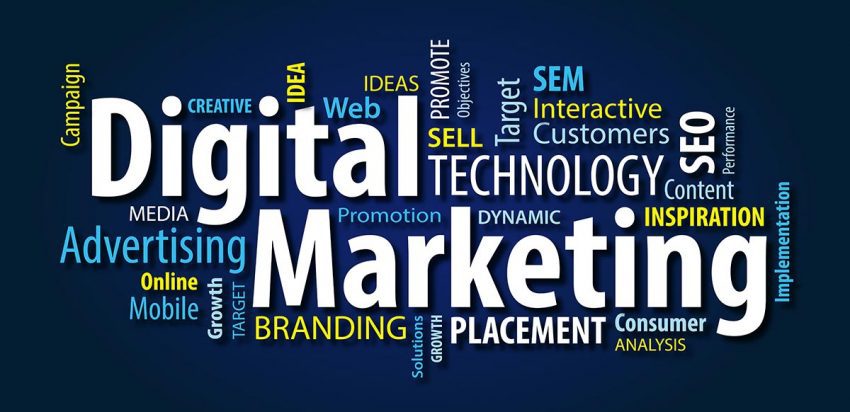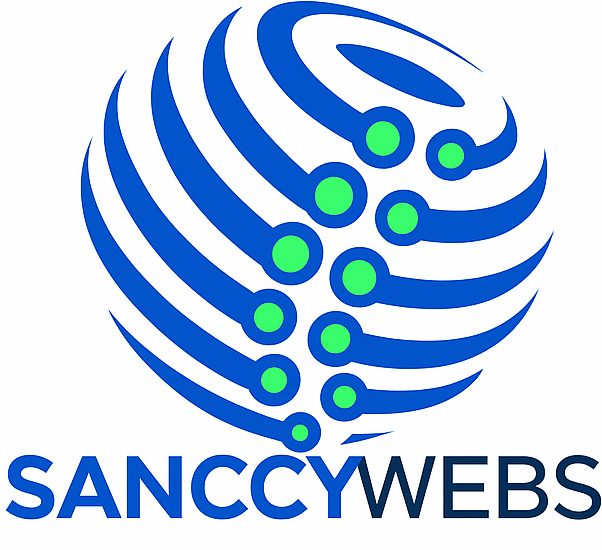
Digital marketing involves leveraging digital channels such as search engines, social media, email, and websites to connect with current and prospective customers. It’s an essential aspect of modern business strategies due to the increasing reliance on digital platforms by consumers. Here are key components and strategies of digital marketing:
1. Search Engine Optimization (SEO)
SEO involves optimizing a website to rank higher in search engine results pages (SERPs), increasing organic (non-paid) traffic. Key SEO strategies include:
- Keyword Research: Identifying and targeting relevant keywords.
- On-page SEO: Optimizing content and HTML source code (e.g., meta tags, headers).
- Off-page SEO: Building backlinks from other websites.
- Technical SEO: Ensuring the website is crawlable and indexable by search engines, improving site speed, and mobile-friendliness.
2. Content Marketing
This strategy focuses on creating and distributing valuable, relevant, and consistent content to attract and engage a target audience. Types of content include:
- Blog posts
- Infographics
- Videos
- Ebooks and whitepapers
- Case studies
3. Social Media Marketing
Utilizing social media platforms to promote products or services. Key platforms include:
- TikTok
Strategies involve creating engaging content, running paid ads, and interacting with followers to build a community and drive traffic to your website.
4. Pay-Per-Click (PPC) Advertising
PPC is a model where advertisers pay a fee each time their ad is clicked. Common platforms for PPC include:
- Google Ads
- Bing Ads
- Social media ads (e.g., Facebook Ads, Instagram Ads)
5. Email Marketing
Sending targeted emails to prospects and customers. Effective email marketing involves:
- Building a strong email list
- Crafting personalized and relevant email content
- Automating email campaigns (e.g., welcome series, abandoned cart emails)
- Monitoring and optimizing email performance (open rates, click-through rates)
6. Affiliate Marketing
Involves partnering with other businesses or individuals (affiliates) who promote your products and earn a commission for each sale they generate through their referral links.
7. Influencer Marketing
Collaborating with influencers (individuals with a large, engaged following) to promote your products or services. This can help reach a wider audience and build brand credibility.
8. Conversion Rate Optimization (CRO)
The process of optimizing your website and content to increase the percentage of visitors who complete a desired action (e.g., making a purchase, filling out a form).
9. Analytics and Data Analysis
Using tools like Google Analytics, Adobe Analytics, and other data analysis platforms to track and measure the performance of your digital marketing efforts. Key metrics to monitor include:
- Traffic sources
- Conversion rates
- Bounce rates
- User behaviour
10. Mobile Marketing
Reaching customers through mobile devices via SMS, mobile apps, and responsive website designs. Given the increasing use of smartphones, mobile marketing is crucial for engaging with your audience on the go.
Best Practices in Digital Marketing
- Customer-Centric Approach: Understand your audience’s needs and preferences.
- Consistency: Maintain a consistent brand voice and messaging across all channels.
- A/B Testing: Experiment with different strategies to see what works best.
- Adaptability: Stay updated with the latest trends and be ready to adapt your strategies accordingly.
- Ethical Practices: Ensure compliance with data protection regulations and ethical standards.
By integrating these components, businesses can create a comprehensive digital marketing strategy that effectively reaches and engages their target audience, drives traffic, and ultimately boosts sales and growth.
